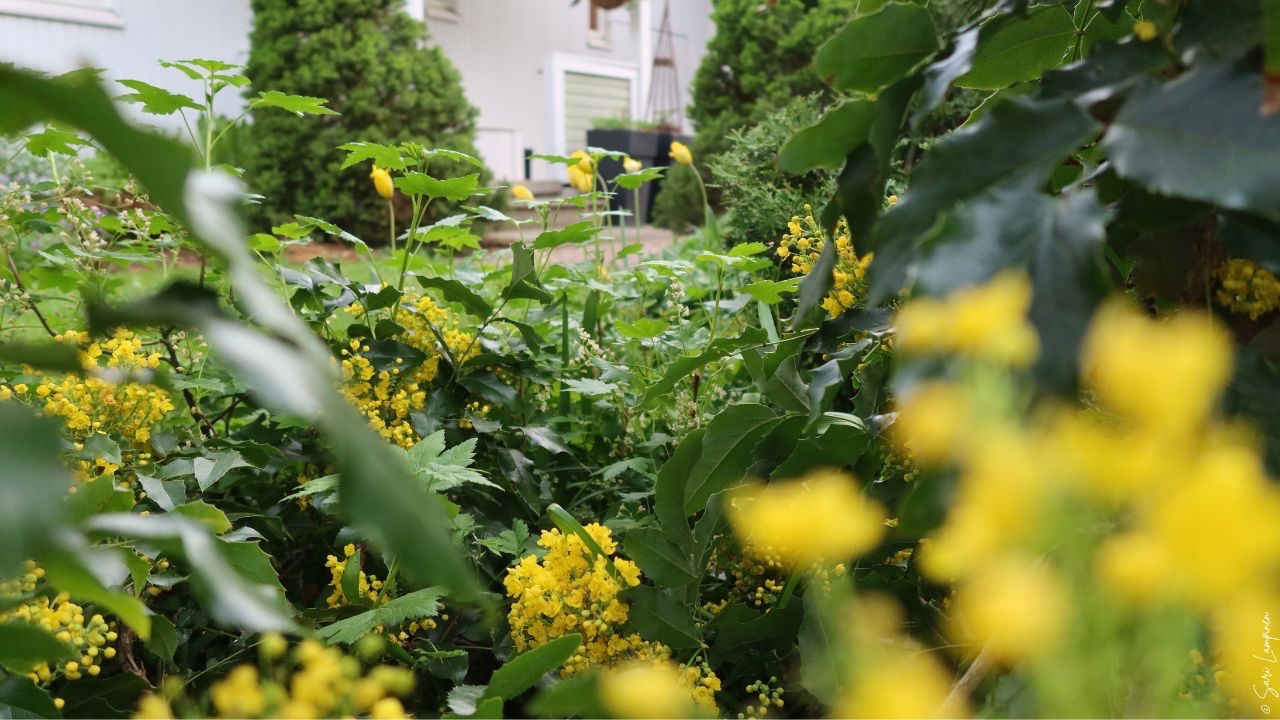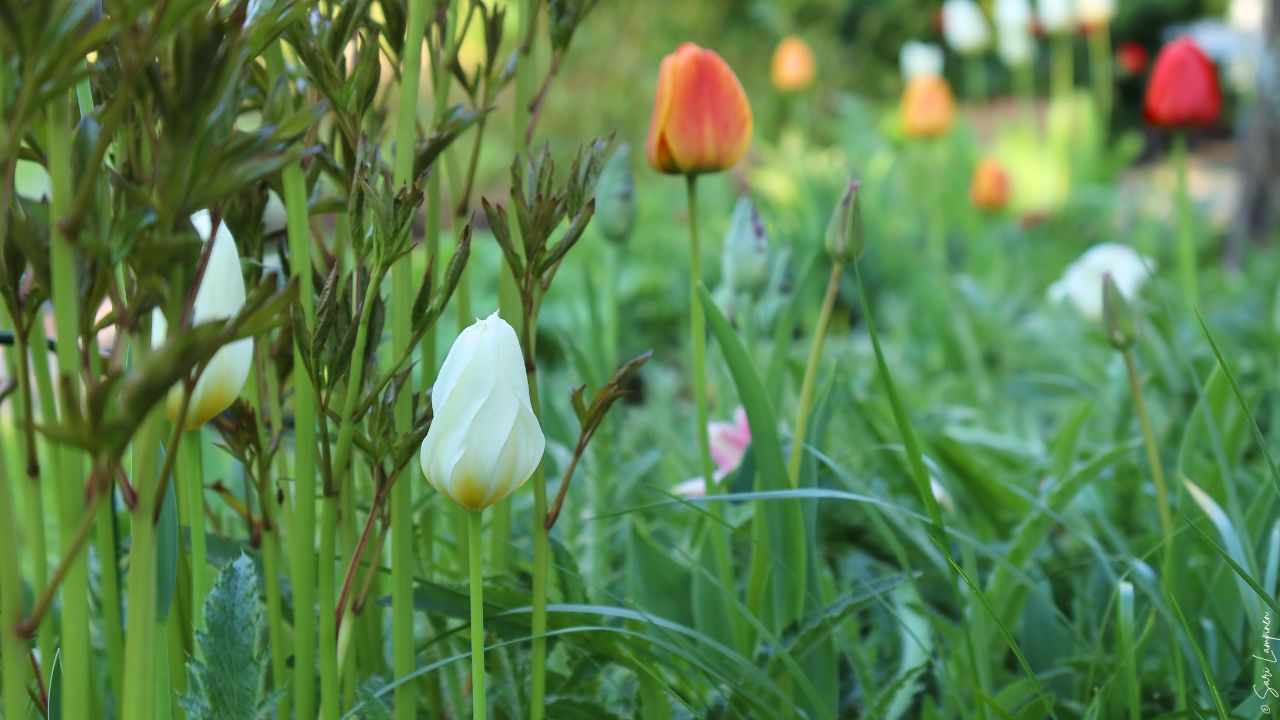Beyond Trimming: Creative Ways to Hide Yellowing Leaves on Tulips and Daffodils

We love spring in our gardens, don’t we? It’s the season to enjoy charming blooms like daffodils and tulips. These beautiful flowers add color to our gardens and bring joy and happiness.
However, once the flowers have bloomed, what's left are often withering leaves and flower stalks turning brown. They look less than perfect in the middle of the lively freshness of the spring season.
The good news is that there are ways to make your flowerbed look fantastic despite the yellowing leaves.
Honor the Nature’s Processes: Let Your Bulbs Recharge
And by the way, it’s super important that you let the leaves wither naturally, as it is the plant’s way of collecting all the energy back to the bulb to bloom even better next year.
While it may not be the most aesthetically pleasing sight, it's a natural process and part of your garden's life cycle. So do not trim the leaves; there are better ways to make the flowerbed look fabulous again.

Bring on the Ground Covering Shrubs and Perennials!
As you shouldn’t trim the tulip or narcissus leaves, hiding the withering leaves is a great way to make the flowerbed look fresh and tidy again.
That's where interplanting comes in! Consider planting your bulbs alongside other plants to hide the unsightly yellowing leaves and to create a more cohesive design.
The shrubs and perennials can provide a backdrop for your bulbs while they bloom and then take over once they have finished for the season.
Here are two ways how to do it:
1. Add a layer of ground-covering shrubs and perennials to hide the less-than-perfect leaves. These plants also provide a beautiful, fresh backdrop for the lively colors of your spring-flowering tulips and daffodils.
If you wonder, what are the ground cover plants? Ground covers, whether shrubs or perennials, are low-growing plants that spread horizontally, covering the ground and forming a dense carpet-like cover. Perfect for hiding the yellowing tulip leaves too!

2. Another fantastic option is to plant your bulbs alongside fast-growing perennials that will grow and then take over once the bulbs have finished for the season. This can help you create a layered effect in your garden and provide a natural cover for fading leaves.

Use Creativity and Strategic Planting to Maintain the Garden’s Beauty
With creativity and strategic planting, you can create a dynamic garden bursting with life and beauty.
Remember, your garden is your sanctuary; you can turn it into a beautiful oasis that inspires you daily with some creativity. Whether you choose to use ground-covering shrubs and perennials or create a continuously blooming flowerbed, you'll be amazed at how these small changes can transform your garden into a breathtaking space where you'll love to spend time.
And there you have it; use these tips and tricks to make your flowerbeds look fabulous without trimming leaves from daffodils or tulips. If these ideas have inspired you and you want to take your garden to the next level, I have just the thing for you.
Join the waitlist for the next Plant Color Palette Course
Whether you're a seasoned gardener or just starting, my online course on creating a color palette for your garden is the perfect way to take your skills to the next level and create an outdoor space that reflects your style and personality. By joining the waitlist, you'll be the first to know when the enrollment is open.
So don't wait; join the waitlist today, and get ready to transform your garden into your happy place!
Happy planning and gardening!

Want to Discover Your Garden Style?
Take my popular Garden Style Quiz to find out which outdoor aesthetic suits you best—and get tailored ideas for building a garden you love.

